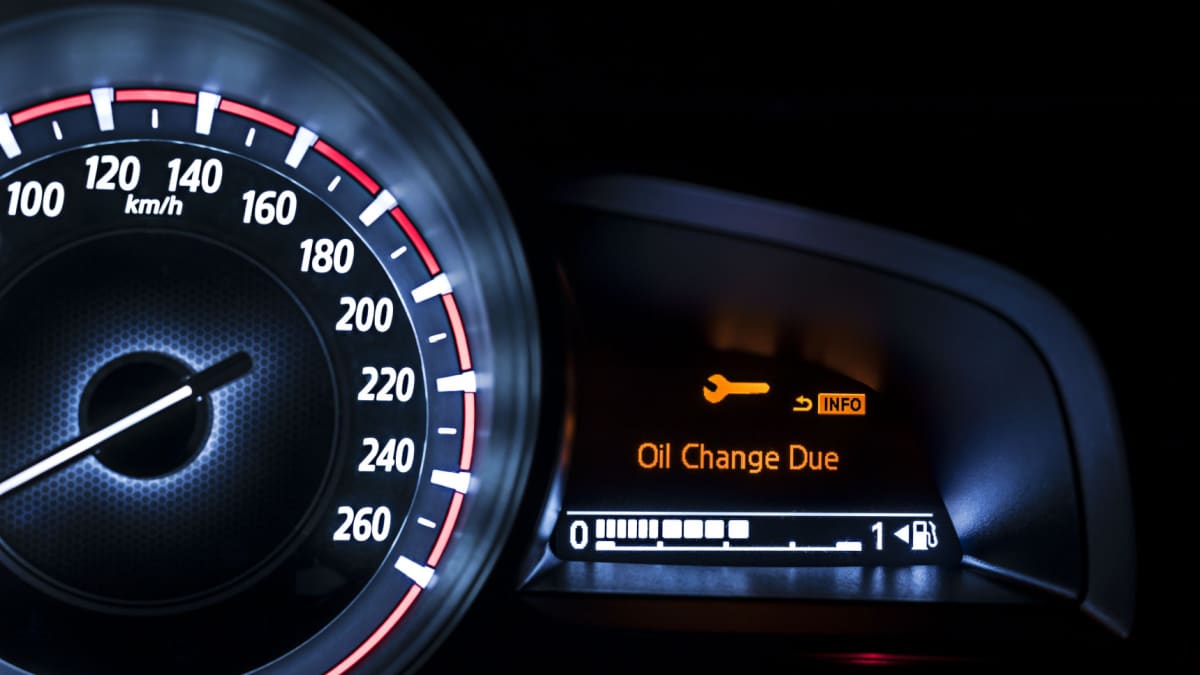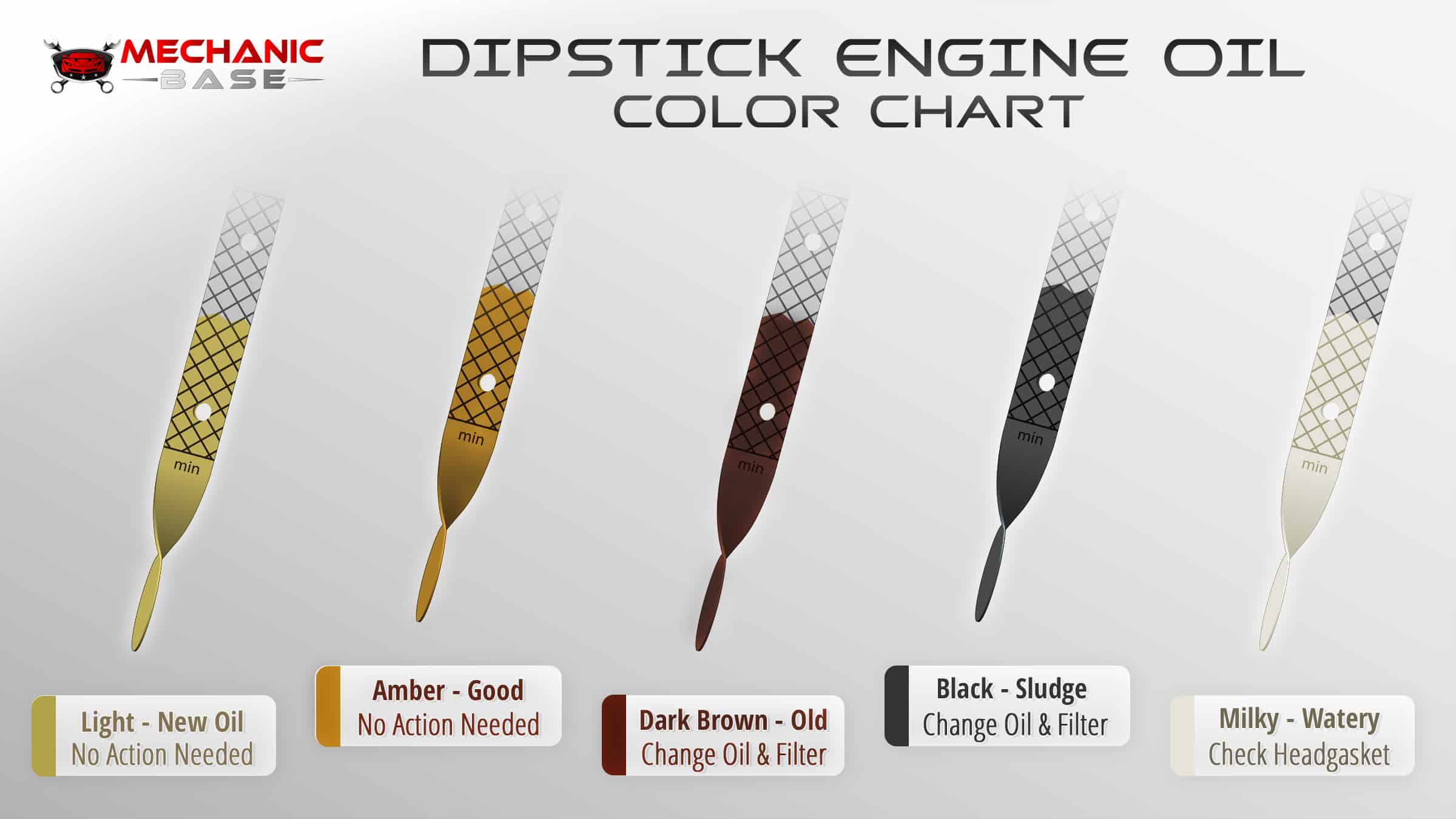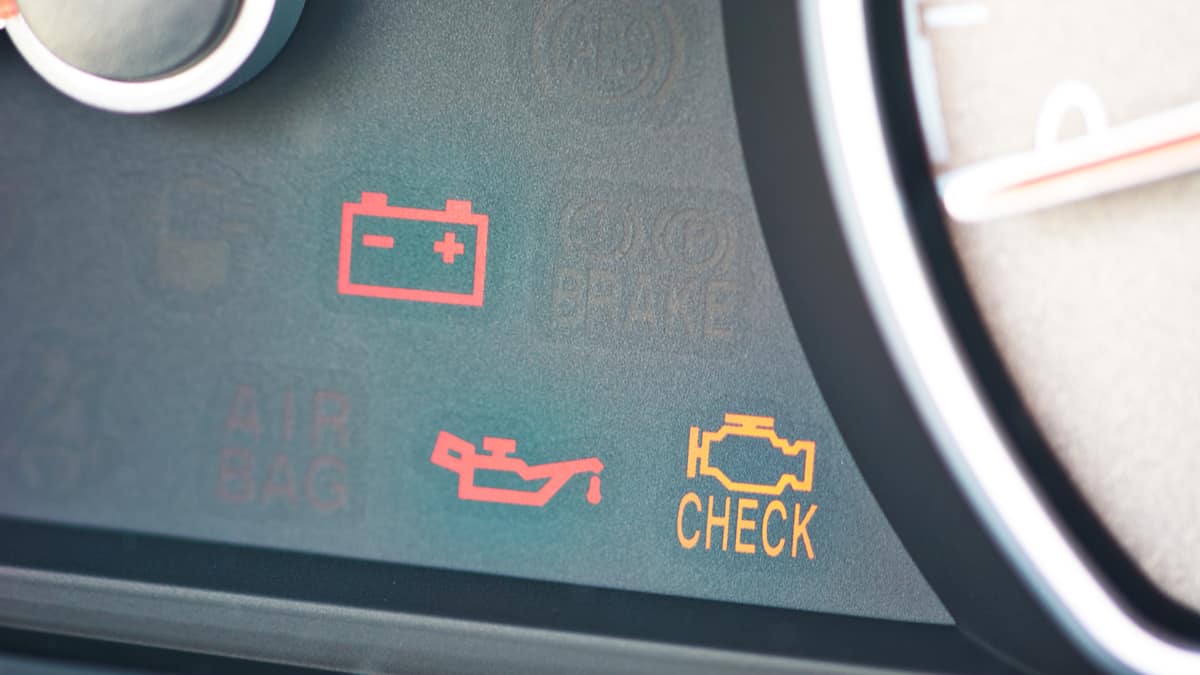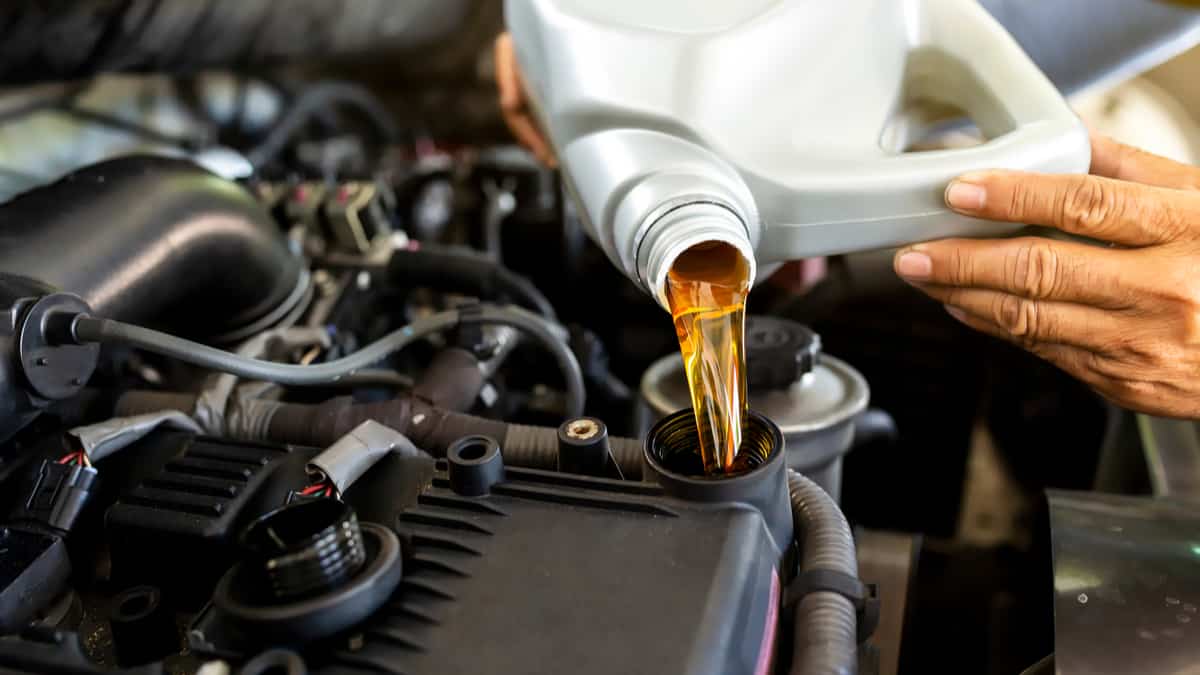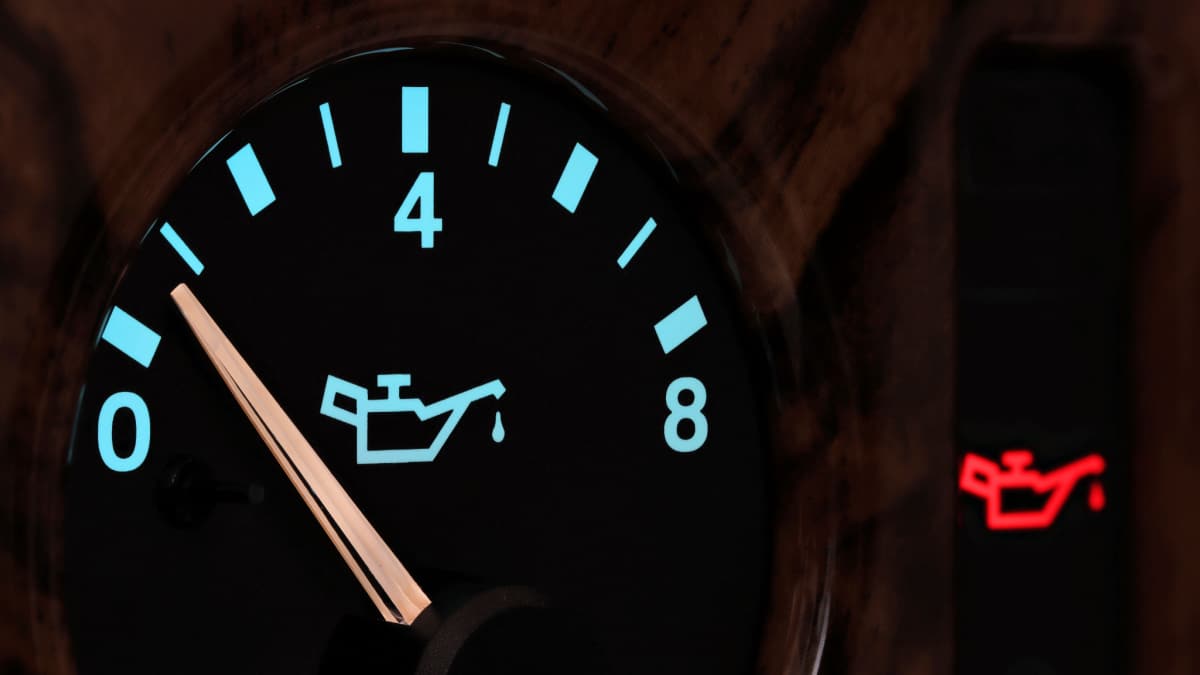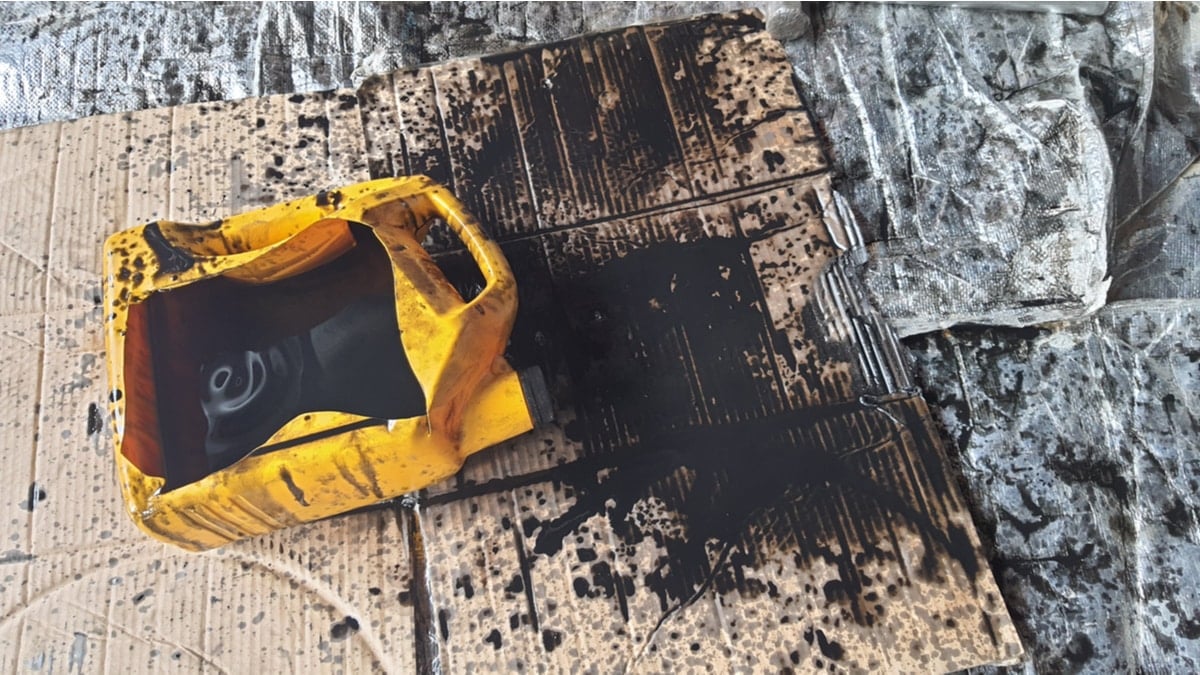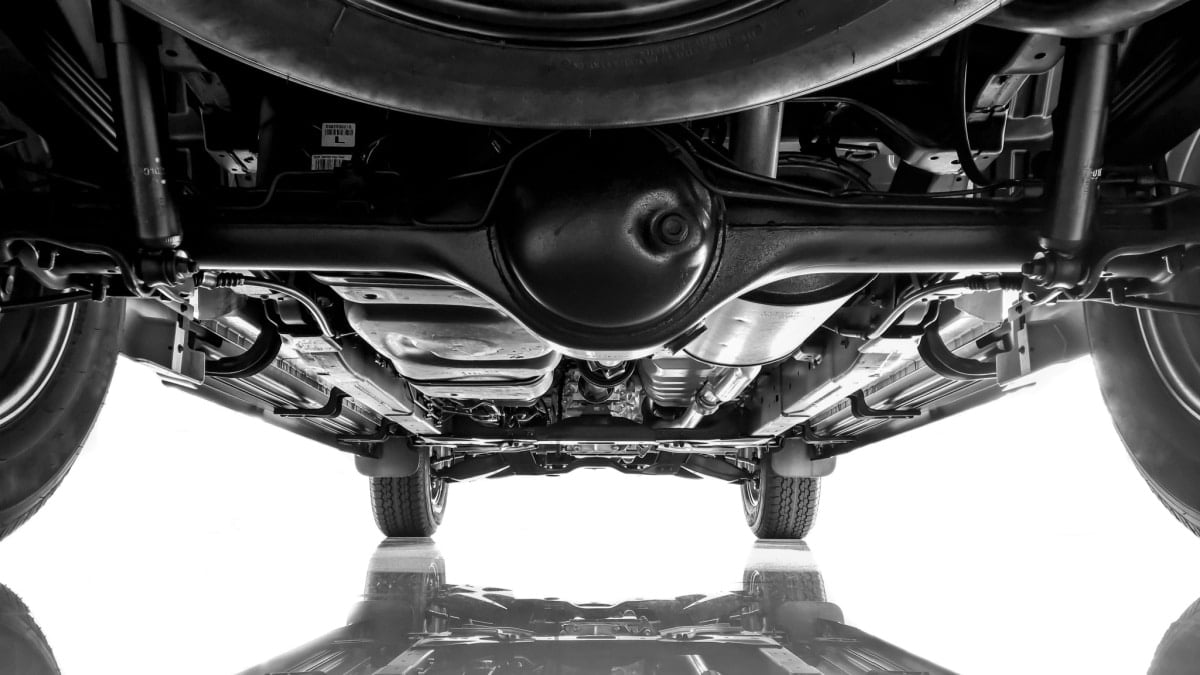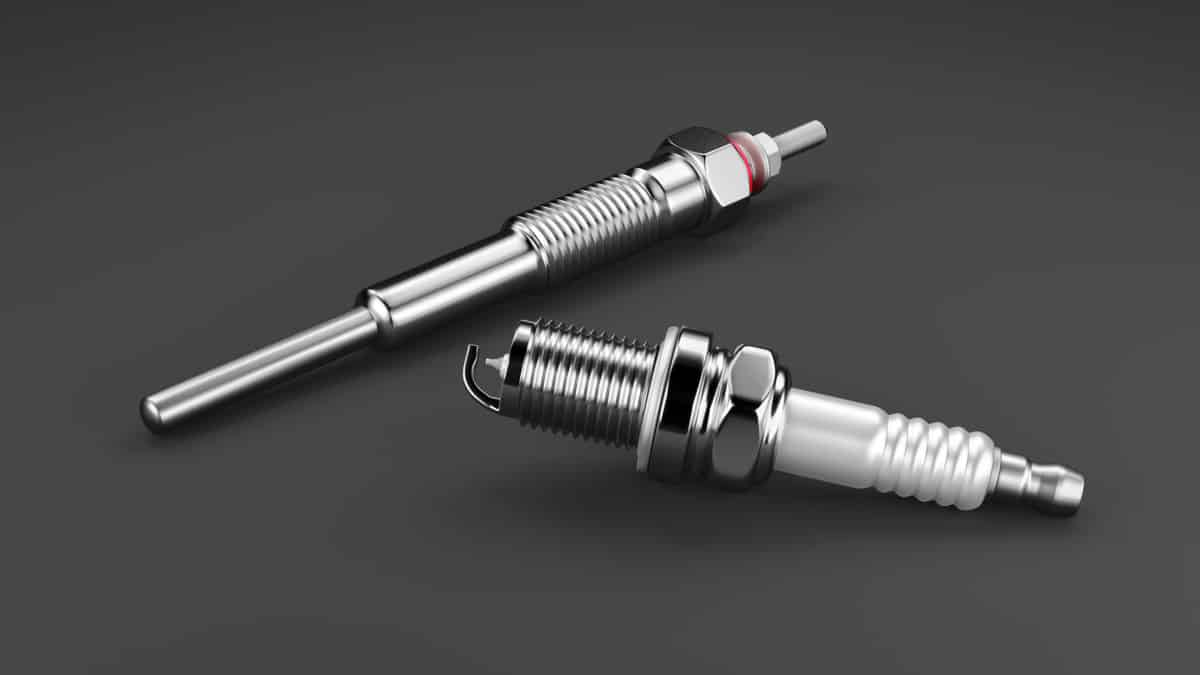Your car’s maintenance schedule is important if you want the vehicle to continue running as long as possible. One of the most frequent maintenance tasks is the oil change. Depending on what kind of car you drive, it may be recommended to have the oil changed as early as every 3,000 miles.
But, how many miles can you go over an oil change?
In this guide, we cover how many miles you can go without an oil change, plus we explain why you should always follow the recommended schedule. We also look at signs that it’s time for an engine oil change and answer a few of your top questions.
How Many Miles Can You Go Over An Oil Change?
You should never exceed the maintenance schedule, even for a few miles. If you allow the oil to become contaminated, the engine endures more wear and tear, thereby reducing its life. The recommended oil change schedule is in place to keep the engine running at its best.
While it’s never wise to prolong an oil change, there are times to have them more frequently than recommended. If you tow heavy loads or drive down rough roads, your vehicle might need more frequent changes.
If you drive over the maintenance schedule, you could also run into issues with the manufacturer’s warranty or insurance if something breaks down in your vehicle.
Why You Shouldn’t Go Over An Oil Change

Motor oil is needed to lubricate the engine and keep the temperature regulated. With all of the internal parts lubricated, metal doesn’t rub and creates excessive friction. While the oil moves through the engine, it also pulls heat from the motor and carries away any small particles of metal or dirt.
As the oil is exposed to heat continually, it loses effectiveness. Dirt circulates through the broken-down oil and oxidation begins. This process eventually leads to the production of sludge, which can’t be moved through the engine efficiently. Aside from that, all of these contaminants start to build up in the oil filter, which can become clogged.
Instead of protecting the car engine, the dirty sludge starts to wear away at the components. The only solution is to perform expensive repairs. Instead of dealing with these problems, why not get the oil change when it’s recommended? A typical oil change costs anywhere from $40 to $125, which is a fraction of what the bill will be if something fails.
Another benefit to having regular oil changes is better fuel economy. With fresh oil and a new filter, the engine can run efficiently. The reward for that is less money spent at the pump. It’s much more difficult for the motor to run well when it’s trying to push thick dark sludge around.
For these reasons, it’s important to pay attention to the little sticker the shop puts on your windshield. Keep track of the mileage and get your oil changes whenever they are recommended.
How Often Should You Get An Oil Change?
There was a time when all cars required an oil change every 3,000 miles. All cars back in the day used traditional motor oil that broke down quickly.
Modern vehicles are made with more advanced technology. Engines have been upgraded and most cars can go longer than this, even with conventional oil. On average, cars using conventional oil need an oil change every 5,000 to 7,500 miles.
If you put synthetic oil in the engine, it can go even longer. In normal driving conditions, it’s expected that the car could go anywhere from 7,500 to 15,000 miles.
Aside from the type of motor oil used, there are some other factors that can change the frequency. You must also consider the following:
- The type of car you drive
- How you drive your vehicle
- The environment you drive in
- The age of the vehicle
The numbers are not concrete; they are simply recommendations. It’s always best to reference the maintenance schedule provided by the manufacturer. You can find these recommendations in the owner’s manual or talk to your local dealership.
Signs It’s Time To Replace The Oil
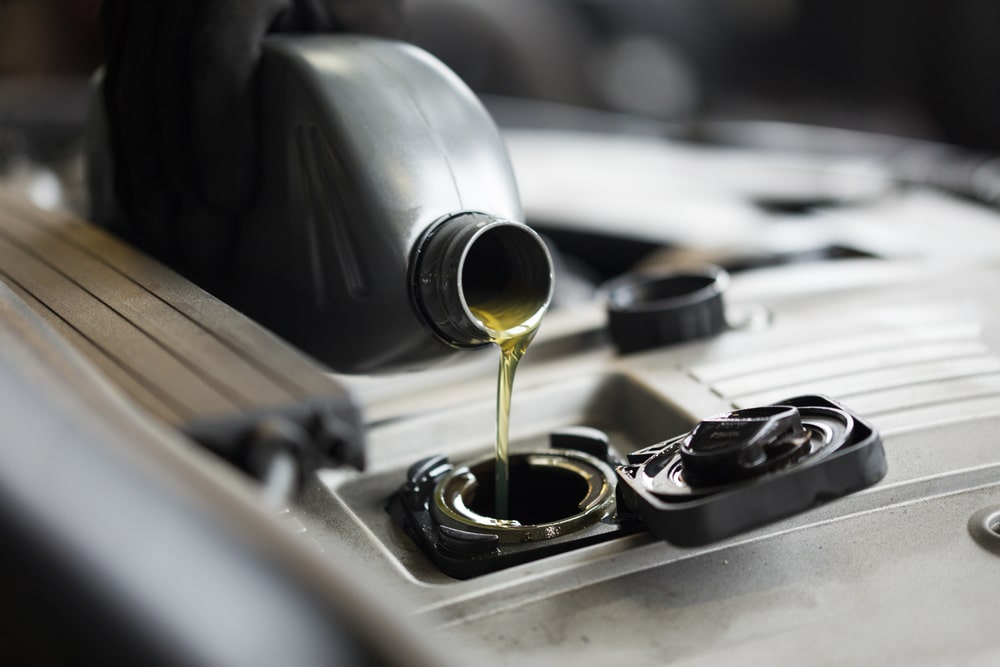
Aside from the mileage recommendations, how else would you know when to change the oil? Thankfully, there are signs that indicate the oil should be changed. You may need to change it more frequently because of how you drive your vehicle, so it’s important to pay attention to these signs.
1. Dark and Dirty Oil
When oil is fresh, it has an amber color and is transparent. You can see through it. As the oil breaks down, the color and texture begin to change.
As dust, dirt and contaminants start to build up, the oil is going to appear dirty. After it completely breaks down, it turns black. If it’s left go longer than this, the engine oil will become sludge, which is very dangerous.
That’s why we recommend checking the oil often. You want to pull out the dipstick to check the consistency and the color. If it’s thick and dark, it’s time to change it and the oil filter.
RELATED: What Color Should Your Car Oil Be? (Dipstick Engine Oil Color Chart)
2. Engine Noises or Knocking
You should be used to the normal sounds of your car engine. The regular purr it makes should be music to your ears. If this normal sound turns into something odd, it’s time to take notice.
As the oil breaks down, the metal parts inside of the engine don’t get the lubrication needed. Without the right viscosity of oil flowing through, the engine can start making unusual sounds, including knocking. Before the problem gets any worse, you should change the oil.
3. Oil Change or Check Engine Light
On your car’s dashboard, there is a multitude of lights letting you know when something is wrong. You could see an Oil Change or Maintenance Required Light reminding you that it’s time for service, or the Check Engine Light could come on in extreme situations.
Either way, your dashboard lights should never be ignored. Provide the maintenance that’s needed and read any trouble codes with your OBDII scanner to see what’s wrong.
4. Oil Warning Light
The oil warning light is another indicator that is found on the dash. This light doesn’t typically come on just because it’s time for an oil change.
However, if neglecting the oil change causes it to become thick, it may not circulate through the system properly. Without the right amount of circulation, oil pressure can drop, which would lead to the indicator light. If you see this warning, it’s important that you stop driving right away. Any lack of oil pressure could lead to engine damage.
RELATED: 10 Best Synthetic Motor Oils
How Long Does an Oil Change Take?
If you are putting off having an oil change done because you don’t have the time, you should know that this task is short and easy. If you prefer to do the oil change yourself, you may spend an hour or less from start to completion. This includes all of the time it takes to gather the supplies and jack up your vehicle.
On the other hand, if you drive into a local lube station or visit the express lane at a dealership, your time could be even less. Many of these establishments pride themselves on getting oil changes done within thirty minutes or less. If appointments are allowed, you can cut down your time even more by calling ahead.
Considering how quickly an oil change takes, it doesn’t make sense to put it off. Get the oil changed during a lunch break or while you are waiting to pick up the kids from an after-school activity.
READ MORE: How Long Does an Oil Change Take?
Can you go 1000 miles over an oil change?
It may not be catastrophic to go a little over one oil change, but you should never make a habit of the practice. Maintenance schedules indicate the best time to have service done and who would know better than the manufacturer of your car? Follow all maintenance guidelines if you want the engine to keep running at optimal levels. Exceeding the schedule could cause issues with the insurance or warranty.
Can you go 100 miles past the oil change?
One hundred miles doesn’t seem like a big deal and it probably isn’t in a pinch. However, you don’t want to continually miss your regular oil change or engine damage could start to occur. For the price of an oil change, it’s best to stay on track and get the maintenance done. Your engine will thank you and exceeding the schedule could cause issues with the insurance or warranty.
What happens if I miss an oil change?
If you forget to have the oil changed, you want to take it for service right away. Don’t wait until the next scheduled maintenance interval to have this vital task performed. The longer that dirty, contaminated oil is allowed to circulate in the engine, the more damage it can cause.
Is it OK to go 500 miles over your oil change?
We don’t ever recommend missing an oil change interval, but one time of going over probably won’t hurt anything. The key is to get all of the maintenance done when it’s recommended the majority of the time. You should treat maintenance as an insurance policy, helping you keep the engine in pristine condition. Exceeding the maintenance schedule could cause issues with the insurance or warranty.
It may seem like the local lube is trying to rob you of money by having you change the oil so often, but they aren’t. Regular oil changes are vital to keeping the motor running right. By changing the oil, you ensure the metal components inside receive the lubrication that’s desperately needed. Without this lubrication, the metal pieces can break down and the engine could overheat.
The next time your vehicle is due for an oil change, have it done. Don’t put off what should be done right away. You’ll be happy that it’s over until the next time and the car will reward you with optimal performance.
Sources:
What Does Motor Oil Do? – Ultimate Info Guide | UTI
Categories: Engine Oil, Maintenance
